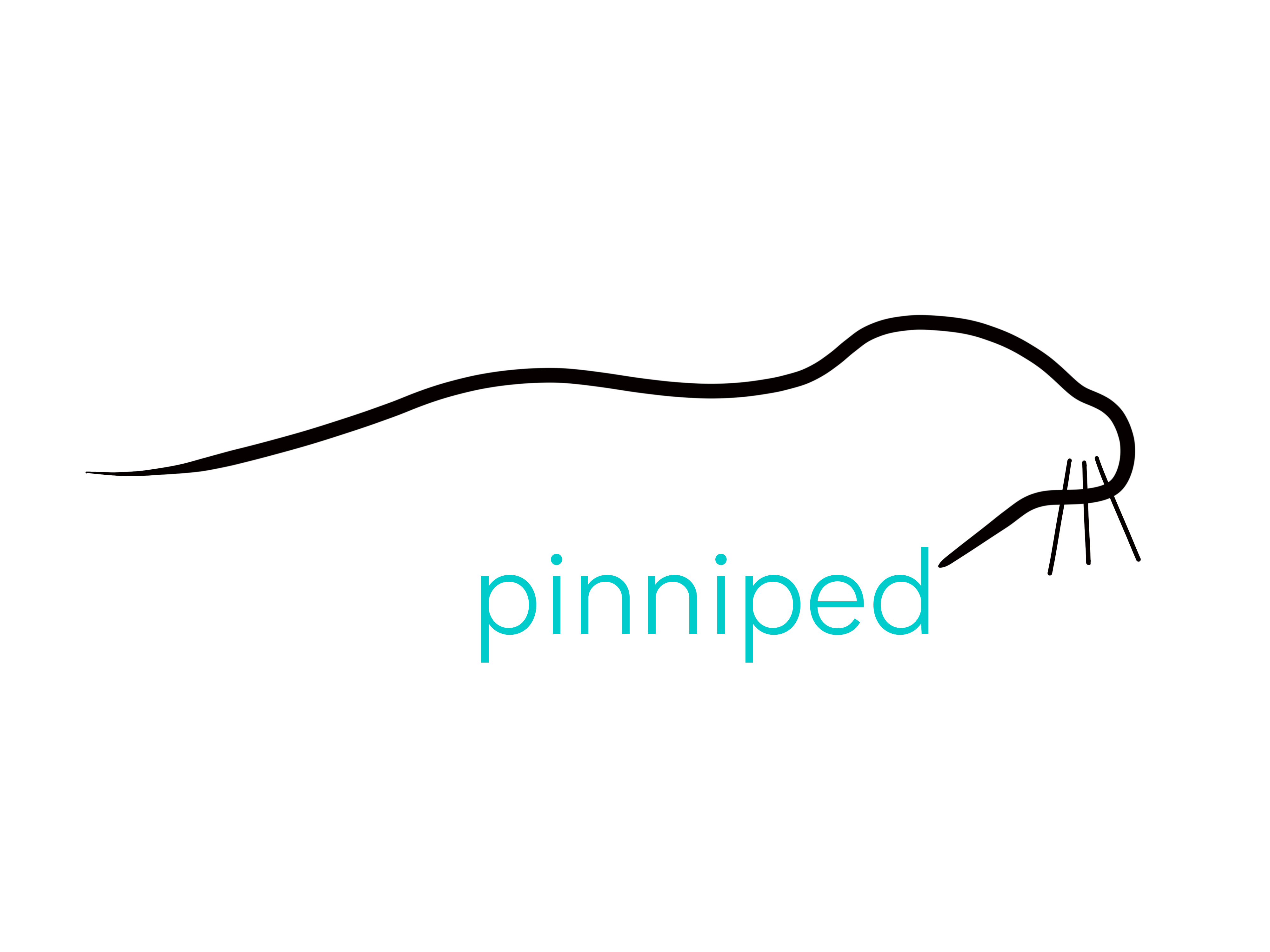Today’s seal is another seal that is endemic to just one sea.. in this case the Caspian Sea. The Caspian Sea is located just southeast of Europe, and west of Asia, and it is here that the Caspian Seal (Pusa caspica) is found. The sea is completely surrounded by land which means that it is sometimes referred to as the world’s largest lake, however, as it has slight salinity, it is also described as a sea.
Caspian Seals are small true seals, a little bit larger than the similar Baikal Seal. They have short, square-ended flippers, and small heads with large eyes. Their whiskers are long and white and they usually appear yellowish brown to dark grey in colour. Like the Baikal Seal they are somewhat related to the Ringed Seal historically. During the winter the Caspian Sea contains large pieces of ice which provide an ideal haul out for the seals, and they certainly seem to prefer the cooler parts of the lake when temperatures rise. Pupping also generally occurs on ice. The seals migrate from one end of the lake to the other seasonally, and to find greater abundances of different prey. Dives are generally only up to around 200 metres and they forage predominantly around the bottom of the lake.
The prey of choice for a Caspian Seal is fish. The lake provides plentiful and large fish specimens which the seals are ideally placed to exploit, and they will eat a variety of species such as herring, roach, goby, sculpin, goby, carp, and silverside. However, despite this, the seals are listed as Endangered in the IUCN‘s Red List. There are a number of pressing threats to the Caspian Seal, and some of the main ones include: hunting and exploitation (even in the current day), overfishing of lake stocks, by-catch, pollution, habitat loss and human developments, climate change, canine distemper virus, predation of youngsters by eagles, death by wolves, and disturbance to natural behaviours. The estimated population size is now 104,000 and is declining, with a higher mortality through by-catch and hunting than is currently sustainable. The species has declined by over 70% in the last 3 generations, and with no other populations in the world, the situation is serious. Various conservation initiatives have been formed, with action plans and management measures in place to secure the future of the Caspian Seal. As well as this, the Iran Caspian Seal Conservation Center plays a large role in helping to preserve these beautiful seals. Not only does the centre rehabilitate injured and sick seals and return them to the wild, but scientists of the organisation also carry out research to discover more about the animals and see how they can be helped. As well as this they share knowledge and awareness of the species with people in the country, and wider nations nearby, to promote protection and conservation. The group have also talked with local fishermen who persecute and poach the animals, to try to resolve the issues and gain cooperation between the different users of the lake. You can find out more about them on their website, or follow them on twitter.
For more on our #SealSunday seal, please go to the Pinnipedia, or follow www.pinniped.org/front-page/pinnipedia/caspian-seal. This week’s beautiful photo was provided by the great folk at the Iran Caspian Seal Conservation Center.

